Robots
Robots are available in different shapes and sizes to perform different tasks. Here are some examples.
These robots can range from prosthetic limbs that restore mobility to individuals who have lost limbs, to exoskeletons that enhance physical strength or endurance. The purpose of augmenting robots is to improve the quality of life for individuals by providing them with technological solutions that assist in daily tasks, improve mobility, or augment their natural abilities.
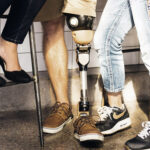
An autonomous robot is a robot that performs behaviors or tasks with a high degree of autonomy, meaning it operates independently of human control for most or all of its functions. Autonomous robots are equipped with the necessary technology to sense their environment, process information, make decisions based on that information, and carry out actions to achieve specific goals without human intervention. This autonomy is facilitated by advancements in artificial intelligence, machine learning, sensor technology, and robotics.

Humanoid robots are designed to resemble the human body, often including a head, torso, arms, and legs, and they are programmed to perform tasks in ways that mimic human actions and interactions.
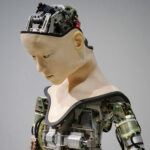
Pre-programmed robots are designed to execute specific, repetitive tasks based on pre-set instructions. They are commonly used in manufacturing, assembly lines, and other settings where consistency and precision are critical, and the tasks do not require real-time decision-making or adaptation to changing environments.
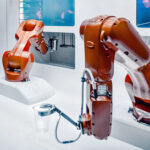
A teleoperated robot, also known as a telerobot, is a robot that is remotely controlled by a human operator, often from a significant distance. Teleoperation allows humans to perform tasks in environments that might be hazardous, inaccessible, or uncomfortable, such as deep-sea exploration, space missions, hazardous waste handling, and complex surgical procedures. The operator typically uses a console or interface that may include joysticks, gloves, or even virtual reality systems to control the robot’s movements and actions.

Services
Robots have a variety of use cases that make them the ideal technology for industries. Here are some examples.
Robotic exoskeletons are used in rehabilitation to assist patients in regaining mobility after injuries or neurological disorders. These devices provide mechanical strength and support to specific parts of the body, enabling individuals to perform movements they might not be able to do unassisted. They are particularly useful in the rehabilitation of patients who have suffered strokes, spinal cord injuries, or other conditions that affect their ability to move freely. By facilitating controlled movement, robotic exoskeletons can help improve muscle strength, coordination, and range of motion, contributing significantly to the recovery process.
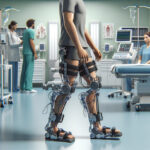
The benefits of robots in agriculture include increased efficiency, reduced waste, and the ability to perform tasks that are difficult or undesirable for humans. They also allow for more sustainable farming practices by optimizing resource use and reducing the need for chemicals. As technology advances and becomes more cost-effective, the presence of robots on farms is expected to increase, further transforming the agricultural landscape.
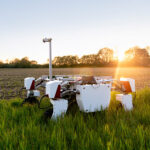
The integration of robots in transportation aims to improve safety by reducing human error, increase efficiency through optimized routing and resource utilization, and enhance accessibility by providing new mobility solutions. Autonomous delivery robots are a type of robotic technology designed to transport goods and packages from one location to another without human intervention. These robots vary in size, shape, and capability, and are used for a range of delivery tasks, from delivering food and parcels in urban areas to transporting medical supplies within hospital campuses.
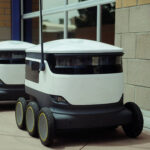
Robots are indispensable tools in space exploration, enabling us to conduct complex missions, gather valuable data, and pave the way for future human exploration of the cosmos.

Robots are being increasingly utilized in entertainment to provide unique and engaging experiences for audiences. They can be used as performers in choreographed dances, plays, or musical performances, as well as in theme park attractions to create immersive experiences. Additionally, personal robots can serve as companions for individuals, engaging in conversation, playing games, and providing entertainment. Robotics also enhances virtual and augmented reality experiences, offers exciting competitions such as robot sports, and can be used in educational settings to promote learning about technology and science. Furthermore, robots are integrated into artistic works, drone shows, and light displays, showcasing their versatility and innovation in the entertainment industry.

Food preparation robots equipped with advanced technologies like computer vision and machine learning are revolutionizing commercial kitchens. These robots automate cooking tasks such as cutting, chopping, frying, and plating with precision and consistency. By “seeing” and recognizing ingredients and utensils through computer vision and learning from experience with machine learning, these robots streamline operations, reduce labor costs, and ensure high-quality food output.
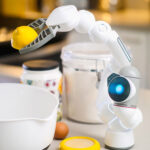
Robots play a big role in enhancing military capabilities, reducing risks to personnel, and improving operational effectiveness across a wide range of missions and environments. As technology continues to advance, the integration of robotics and autonomous systems into military operations is expected to expand.
